Easy Steps to Replace Your LED Ceiling Light: A Comprehensive Guide
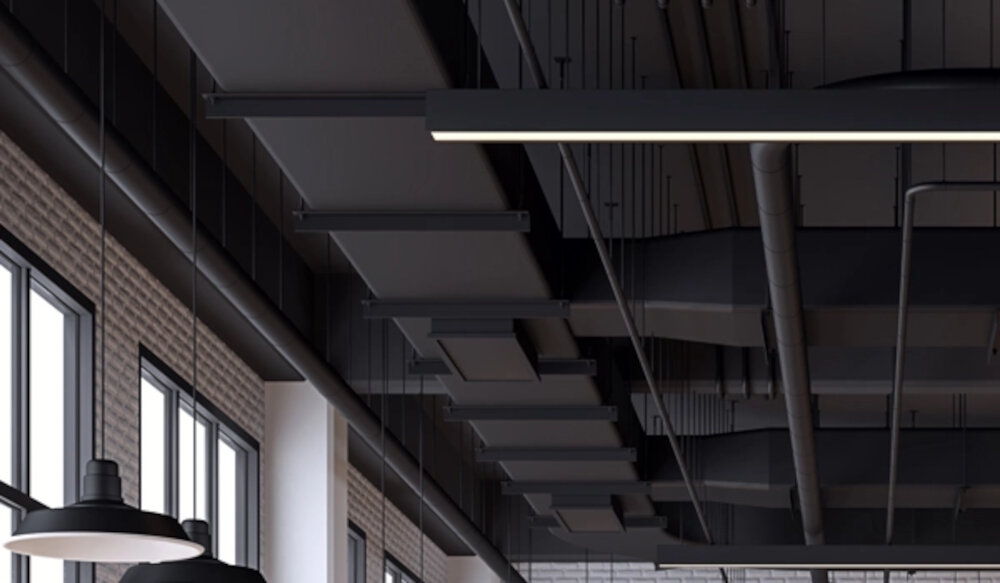
Are you tired of your old, outdated ceiling light? Or maybe your LED ceiling light has stopped working and needs to be replaced? Whatever the reason, replacing your LED ceiling light might seem like a daunting task, but it doesn’t have to be. With the right tools and a bit of know-how, you can easily replace your LED ceiling light in no time. This comprehensive guide will provide you with all the necessary steps to replace your LED ceiling light and give your room a fresh, new look. LED ceiling lights are known for their energy efficiency and long lifespan, making them a popular choice for modern homes. However, when it comes time to replace them, many homeowners are unsure of how to proceed. This guide is designed to take the guesswork out of replacing your LED ceiling light. Whether you’re a DIY enthusiast or a beginner, you’ll find all the information you need to tackle this project with confidence. From selecting the right replacement light to safely removing the old fixture, this guide covers all the essential steps to ensure a successful installation. So, let’s get started and transform your space with a new LED ceiling light!
LED light replacement is important for several reasons. Firstly, LED lights are highly energy-efficient and cost-effective, which makes them a better alternative to traditional incandescent bulbs. This helps in reducing your electricity bills and also reduces your carbon footprint. Secondly, LED lights have a longer lifespan compared to traditional bulbs, which means that you won’t have to replace them as often. This makes them a more sustainable and durable option. Lastly, LED lights are available in a variety of colors and designs, which means that you can choose the perfect light to complement your decor. Overall, replacing your old ceiling lights with LED lights is a great way to save money, energy, and the environment.
Replacing a LED ceiling light is a simple process that can be completed in a few easy steps. The first step is to turn off the power supply to the light fixture. Next, remove the existing light fixture by unscrewing the mounting screws and disconnecting the wiring. After that, install the mounting bracket for the new light fixture and connect the wiring to the appropriate terminals. Finally, attach the new LED ceiling light to the mounting bracket and restore the power supply to the fixture. It is important to ensure that all connections are secure and that the new light fixture is properly aligned before turning on the power supply. With these easy steps, you can replace your old LED ceiling light with a new one in no time!
Step 1: Turn off the Power
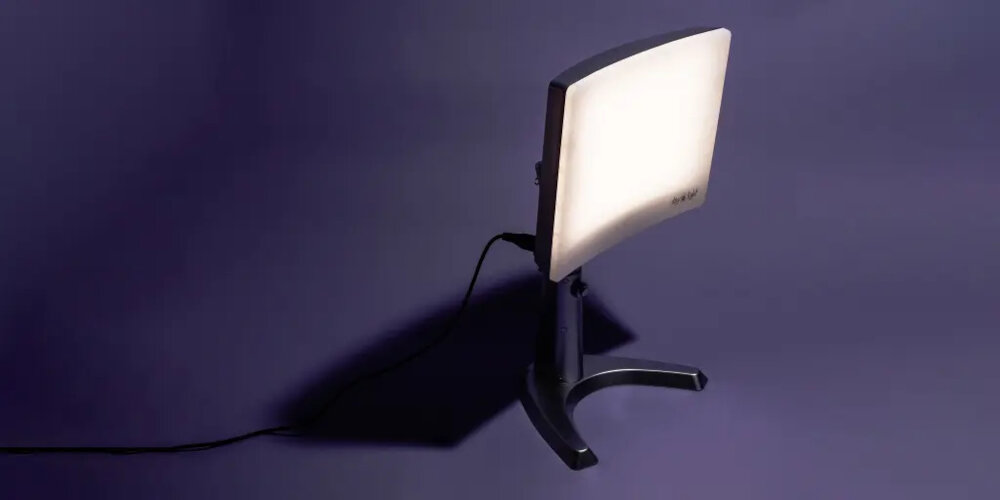
Step 1 of replacing an LED ceiling light involves turning off the power to the existing fixture. This is a crucial step, as it ensures your safety and prevents any electrical accidents. You can turn off the power by either flipping the switch in your circuit breaker panel or by unscrewing the fuse that controls the power supply to the fixture. It is important to double-check that the power is off by using a non-contact voltage tester before proceeding with the replacement process. This tool will help you determine if there is any remaining electrical current in the wires, which could cause harm if not detected. It is essential to follow this step carefully, as it can prevent serious electrical hazards. Turning off the power supply ensures that no electrical current is flowing through the wires, which can reduce the risk of electrocution, shocks, or electrical fires. Additionally, it is crucial to remember that working with electrical wiring can be hazardous, even for experienced individuals. Therefore, it is important to take all necessary precautions and follow safety guidelines, such as wearing protective gear and using insulated tools. Overall, turning off the power supply is a crucial first step to ensure that the replacement process is safe and efficient.
Before replacing your LED ceiling light, it’s important to locate the circuit breaker to ensure safety. The circuit breaker is typically found in a metal panel box, which may be located in a basement, utility room, or outside. Look for a panel with a door that swings or slides open, and check for a list of labels or numbers that correspond to the different circuits in your home. Once you’ve located the circuit that controls the area where you’ll be working, turn it off by flipping the switch to the \off\ position. It’s always a good idea to double-check that the power is off by testing the light switch or using a voltage tester before beginning any electrical work.
Turning off the power before working with electricity is of utmost importance, as it ensures the safety of the person handling the electrical work. Electricity is a powerful force that can cause serious injuries or even death if not handled correctly. By turning off the power, you are eliminating the risk of electrocution and other electrical hazards. Additionally, turning off the power prevents damaging the electrical appliance or wiring that you are working on. Therefore, before replacing your LED ceiling light, make sure you turn off the power to avoid any accidents and to guarantee that your installation process is smooth and successful.
Step 2: Remove the Old Light Fixture
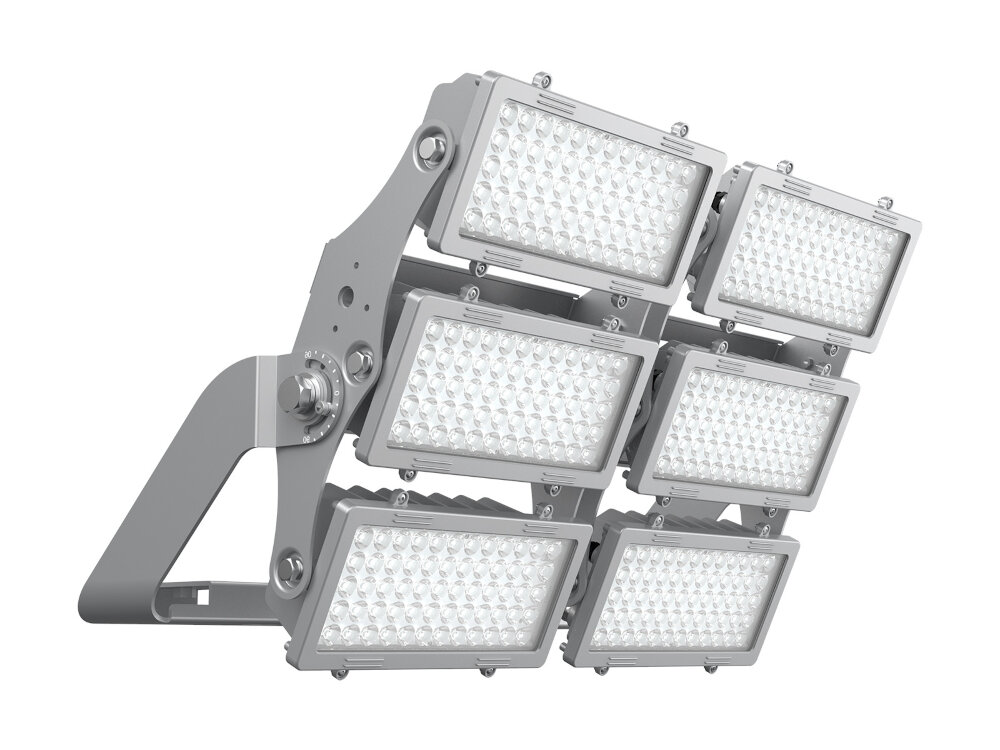
The second step in replacing your LED ceiling light is to remove the old light fixture. This is a critical step in the process as it ensures that the new light fixture can be installed correctly. First, start by turning off the power to the old light fixture. This can be done by flipping the breaker that controls the light switch. Once the power is off, you can remove the old light fixture by unscrewing the mounting screws that hold it in place. Carefully remove the fixture from the ceiling, being mindful of any wires that may be attached. After the old light fixture has been removed, you should inspect the wiring to ensure that it is in good condition. If there are any frayed wires or other damage, they will need to be repaired before the new light fixture can be installed. You should also check the electrical box to make sure that it is securely attached to the ceiling and can support the weight of the new light fixture. Once you have inspected the wiring and electrical box, you are ready to move on to the next step of installing your new LED ceiling light.
Removing the cover of an old LED ceiling light can be a daunting task, but with a few simple steps, it can be done in no time. First, turn off the power supply to the light to avoid any electrical hazards. Next, locate the screws that hold the cover in place, which are usually located on the side or bottom of the light fixture. Use a screwdriver or drill to remove the screws and gently pull the cover away from the ceiling. If the cover is stuck, use a putty knife or flat tool to gently pry it off. Once the cover is removed, you can easily replace the LED light bulb or fixture.
Disconnecting the wiring of the old LED ceiling light is a straightforward process. First, turn off the power supply at the circuit breaker or fuse box. Use a voltage tester to confirm that there is no electricity flowing to the fixture. Next, remove the decorative cover and expose the wiring. Detach the wire connectors by turning them counterclockwise or pulling them apart gently. If the fixture is hardwired, unscrew the mounting plate and carefully lower the fixture down. Finally, disconnect the wires by unscrewing the wire nuts and separating the wires. Be sure to label the wires with tape or a marker to make it easier to reconnect the new fixture.
Step 3: Install the New Light Fixture
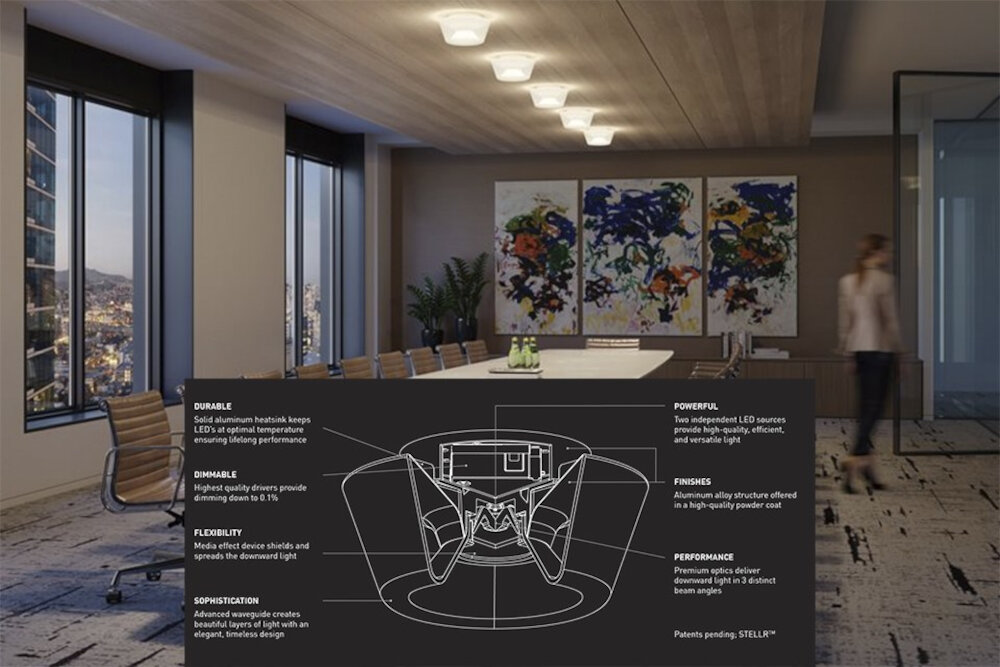
After successfully removing the old light fixture, the next step is to install the new LED ceiling light. Before starting, ensure that the power is turned off for the circuit you’ll be working on. Use a voltage tester to double-check if the circuit is indeed off. Then, unpack the new light fixture and follow the instructions provided for installation. Connect the wires from the ceiling to the light fixture, matching the colors of the wires. Typically, black wires are connected to black wires while white wires are connected to white wires. Use wire nuts to secure the connections and wrap them with electrical tape for extra security. Then, attach the fixture to the ceiling according to the instructions provided. Finally, turn the power back on and test if the light fixture is working correctly. It’s important to remember that installing a new LED ceiling light requires proper handling of electrical wires, which can be dangerous if not done correctly. Always ensure that you have turned off the power and use a voltage tester to double-check before touching any wires. Additionally, it’s essential to follow the instructions provided with the new light fixture closely. If you’re unsure about any aspect of the installation process, consult a professional electrician to help you complete the task safely. With the new LED ceiling light installed, you’ll enjoy energy-efficient lighting that will last for years to come.
Proper installation of the mounting bracket is crucial to ensure the safety and stability of your new LED ceiling light. First, turn off the power supply to the existing light fixture, and then remove the old fixture and its mounting bracket. Next, attach the new mounting bracket to the ceiling junction box securely with screws and ensure that it is level. Then, connect the wiring from the junction box to the wiring on the new fixture. It is important to follow the manufacturer’s instructions and use the appropriate wire connectors to ensure a secure and safe connection. Once the wiring is complete, align the mounting screws on the fixture with the slots on the mounting bracket and rotate the fixture clockwise until it is firmly in place. Finally, turn on the power supply and test the new LED ceiling light to ensure that it is functioning properly.
Connecting the wiring of a new LED ceiling light is a simple process and can be done quickly with the right tools. Firstly, turn off the power supply to the light fixture by switching off the circuit breaker. Next, remove the old ceiling light by unscrewing it from the ceiling bracket. Once the old light is removed, examine the wiring connections and disconnect them by unscrewing the wire nuts. Then, attach the new LED ceiling light by connecting the wires in the correct order using wire nuts, ensuring that the black wire is connected to the black wire and the white wire is connected to the white wire. Finally, test the light by turning on the power supply and switch, and ensure that the light is working properly.
Attaching the cover of your new LED ceiling light is a simple task that can be completed in a few easy steps. First, ensure that the power to the light fixture is turned off to avoid any electrical hazards. Then, locate the screw holes or clips on the cover, and align them with the corresponding holes or clips on the base of the light fixture. Once aligned, gently press the cover into place, making sure that it fits snugly and securely. Finally, use the screws provided to fasten the cover in place, or clip it into place if it has clips. With these simple steps, you can easily attach the cover of your new LED ceiling light and enjoy its bright and efficient lighting in your space.
Step 4: Turn on the Power
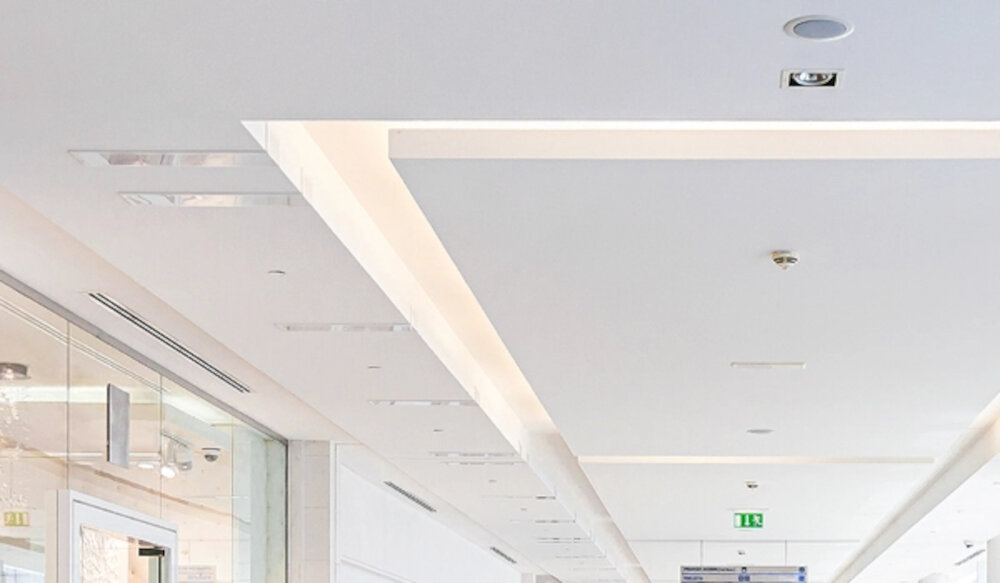
Step 4 of replacing your LED ceiling light is to turn on the power. This step is essential to check if the new LED light is functioning correctly or not. Before turning on the switch, make sure that all the wiring connections are secure and tight. It is advised to double-check the connections to avoid any mishap. Once you are satisfied with the wiring, turn on the power switch and check the LED light. If it does not turn on, turn off the power and check the wiring again. If the issue persists, it is best to call a professional electrician to avoid any electrical hazard. Turning on the power is crucial for the LED light to operate. However, it is equally important to ensure that the power supply is stable and reliable. Unstable power supply can damage the LED light, reducing its lifespan. It is recommended to use a voltage stabilizer to regulate the power supply and protect the LED light from voltage fluctuations. Moreover, it is advised to use high-quality wires and switches to ensure a stable power supply. A stable power supply not only increases the lifespan of the LED light but also reduces the risk of electrical shock. Therefore, it is essential to follow the necessary precautions to ensure a safe and stable power supply when replacing your LED ceiling light.
Before replacing your LED ceiling light, you need to ensure that the circuit breaker is turned off to prevent electrical hazards. To turn on the circuit breaker, locate the main electrical panel in your house, which is usually found in the basement or garage. Open the panel door and identify the circuit breaker that controls the room where the ceiling light is located. Flip the switch to the \off\ position. Wait for a few seconds and then flip the switch to the \on\ position to restore power. It is essential to test the power supply in the room with a voltage tester to ensure that it is safe to proceed with the replacement. Remember to always exercise caution when working with electricity to avoid injury or damage to your property.
Testing your new LED ceiling light is an important step to ensure that it is working properly. Firstly, you should turn off the power supply to the room where the light is installed. Then, turn on the switch to the LED ceiling light and check if it lights up. If it does, turn off the switch and turn back on the power supply. Observe the light for any flickering or dimming to ensure that there are no issues with the wiring or connections. You can also use a voltage tester to check if the electrical connections are secure and the voltage is consistent. Once you are satisfied with the test results, you can turn on the switch and enjoy the bright and energy-efficient lighting provided by your new LED ceiling light.
Replacing an LED ceiling light is a simple job that can be done in a few easy steps. Firstly, make sure the power is off by switching off the circuit breaker. Next, remove the old light fixture carefully, taking note of any wires that might be attached. If necessary, create a mounting bracket and attach it to the ceiling box. Connect the new fixture’s wires to the existing wires, taking care to match the colors correctly. Finally, attach the new fixture to the mounting bracket and turn the power back on. With these few steps, you can easily replace your LED ceiling light without any fuss, giving your room a fresh look and improved lighting.
When it comes to working with electricity, safety should always be the top priority. Electrical shocks can cause serious injuries or even death, so taking proper precautions is essential. One of the most important things to keep in mind is to always turn off the power before starting any work. This can be done by turning off the circuit breaker or unplugging the device. It’s also crucial to use insulated tools and wear protective gear, such as rubber gloves and safety glasses, to prevent electric shocks. In addition, it’s essential to be aware of the surroundings and never touch anything that may be conductive, such as metal pipes or wet surfaces. By following these safety tips, you can ensure a successful and safe LED light replacement.
Conclusion
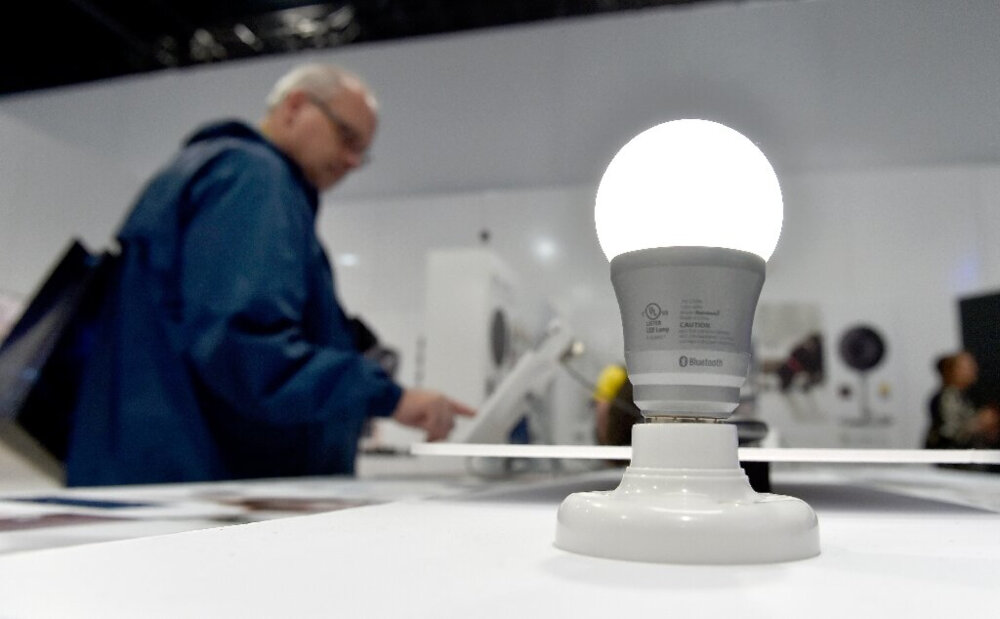
In conclusion, replacing your LED ceiling light may seem like a daunting task, but with the right tools and steps, it can be done easily and efficiently. By following the comprehensive guide provided, you can ensure a safe and successful replacement process. Remember to always turn off the power supply, choose the right replacement bulb, and follow the manufacturer’s instructions. Upgrading your lighting can not only improve the ambiance of your space but also save energy and reduce your carbon footprint. So, don’t hesitate to take on this DIY project and enhance your home’s lighting today!




